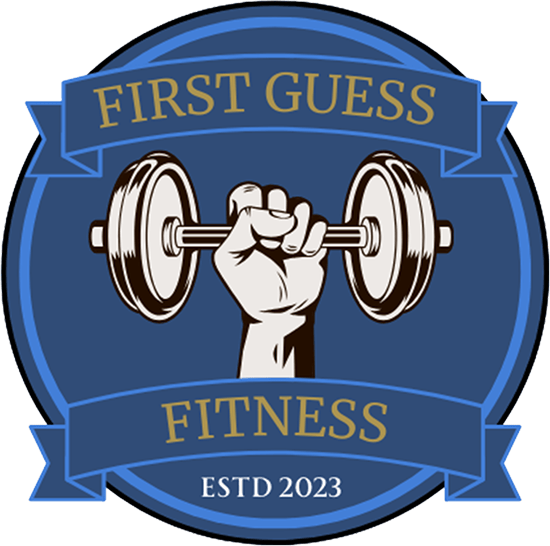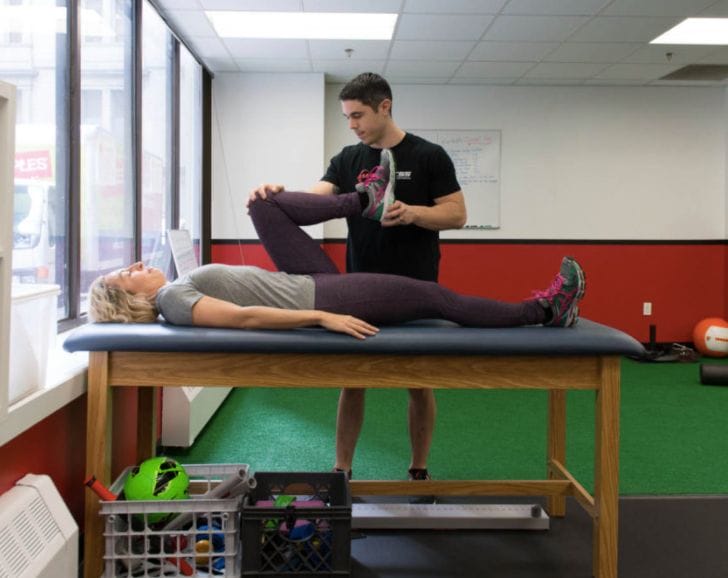Welcome back! We’ll cover the last 3 influences of pain today and give you the tools to turn what most people think as a negative feeling to a positive change! If you haven’t yet, don’t forget to check out Part 1!
3. Your Nerves (Peripheral Sensitivity)
This is very similar to what happens in the brain, but instead of the central computer being the culprit, the nerves are the culprit. Just like how the brain can become too sensitive to stimulus, so can the nerves. This is why shaking your hand after jamming your finger can help with pain by changing the input. However, as you know, the relief in pain you get from this is often temporary. And that is is okay.
The main intent of getting some manual therapy or doing a self-mobilization is to generate a temporary relief in order to provide a window of opportunity to instill real change.
How does this real change occur?
Movement! (See Part 1.)
Starting to get the hang of this? If we can decrease the perception of pain through a healthy stimulus, like foam rolling, to decrease the sensitivity of the nerves, then we can capitalize on this with specific exercise and education to make this effect more permanent.
4. Your Feelings (Emotion & Memory)
Both body and mind can have a really hard time forgetting pain. We tend to make more permanent memories to events that invoke a strong emotion. This is why it’s hard to remember what you ate breakfast yesterday, unless your yogurt and granola really moved you, but you can still remember your first break up, even if you are not personally invested in that event anymore. Furthermore, negative emotions and memories tend to stick around longer (we learn better from our failures, as long we can let go of them at some point).
So what does this have to do with pain?
Let’s say at some point, you reached below your sink and threw your back out, and were in terrible pain for 2 weeks. You took some Advil, rested in bed and it went away (or did it?). Now every time you bend down to reach low, you slowly get down on one knee and place your hand on your back to make sure it doesn’t move, effectively changing your movement patterns. Anytime you lose this “perfect” position, you a get a little twinge in your low back as a friendly reminder, keeping you stuck in your pain cycle. The initial event of reaching below your sink was just the straw that broke the camel’s back, exposing a possible dysfunction in your movement.
Without addressing the cause of the dysfunction and simply avoiding the related movements of bending (due to the strong emotional tie you have to the memory) you end up feeding the issue even more.
Again, this is why it’s so important to be properly educated on healthy movement and how to gradually reintegrate it through exercise and manual therapy. Are you starting to see how all of these things tie together?
5. Your Stress (Mental & Physical)
Last but not least, everyone’s favorite… STRESS.
We need stress to change us for the better, but in controlled, healthy amounts. When stress exceeds your limits, it can have a significant influence on many aspects of your life. Stress does not cause pain but boy can it increase it. Good inputs will always equal good outputs.
So if you’re overtired, overworked, dehydrated, eating poorly, and under emotional distress, will you be able to:
Move well?
Stay focused on a goal?
Understand good from bad sensations in your body?
Use your past memories to inform your current experiences?
Limit inflammation in your body?
Recover after workouts?
Probably not.
Stress can be one of the most difficult aspects of life to manage and control, and it’s individual from person to person. What is important is to recognize when you need help controlling stress and whom to seek for assistance.
If you train with us here at First Guess Fitness, a good place to start is with one of the coaches. We’re dedicated to you living your best life and even if we can’t specifically help with your issue, we can usually point you in the right direction.
Bottom Line
As you can see, pain is not that straight forward. This is why the “pain industry” can range from mattress stores to pharmaceutical companies to sensory deprivation tanks to physical therapy.
I’m biased, of course, but I would say that the best place to start is physical therapy. A skilled physical therapist can address all the issues above and all at the same time. And not only will you have a good chance of feeling better, you will have the tools to continue progressing well after you are done with your PT visits.
That said, I don’t see myself in the “pain industry” but rather in the “human movement and performance industry” based on its far reaching effects into improving people’s lives, function, and well being. It just so happens that optimizing human movement, performance and mindset…. you will also do a good number on pain.




